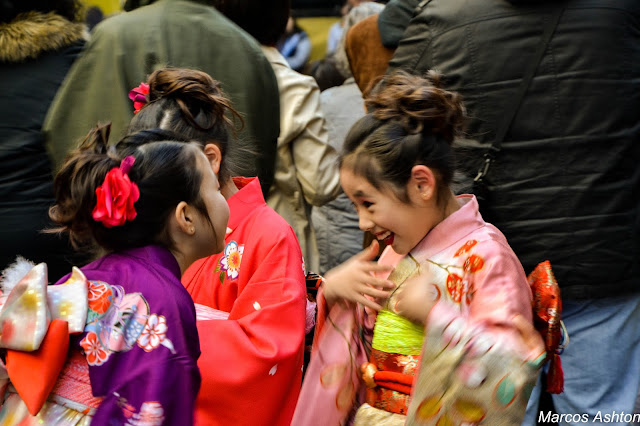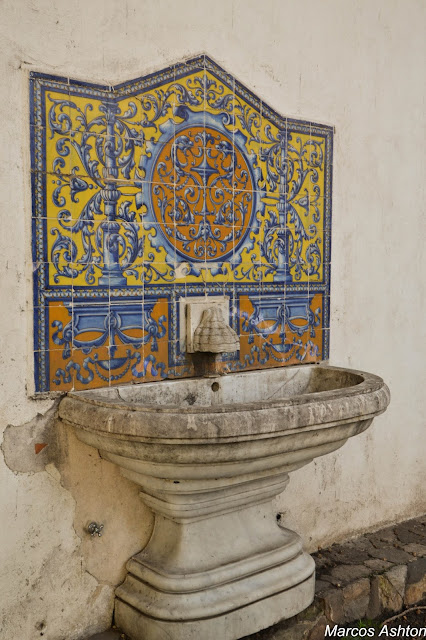El Bar Británico es uno de los más tradicionales del barrio de San Telmo. Se encuentra en la esquina de Avenida Brasil y Defensa, frente al Parque Lezama. En el edificio que hoy ocupa, hace unos 90 años funcionaba la pulpería "La Cosechera". Debe su nombre a la afluencia de británicos que habían emigrado durante la Primer Guerra Mundial y que en su mayoría eran trabajadores ferroviarios que vivían por la zona, que frecuentaban el establecimiento.
Aparentemente Ernesto Sábato escribió parte de su obra "Sobre Héroes y Tumbas" en una de sus mesas, al lado de una de las ventanas que dan al Parque Lezama.
Por un período de tiempo el bar pasó a llamarse "Bar Tanico". Esto fue durante, y en los años posteriores a la Guerra de las Islas Malvinas. Para evitar problemas y potenciales disturbios, se le taparon las primeras tres letras (bri) y quedo el nombre de "Tanico". Esto fue posteriormente revertido, y hoy sigue siendo, como lo fue originalmente, el Bar Británico.
Es uno de los pocos establecimientos que permanece abierto las 24 horas del día, y por lo tanto una parada obligada de los taxistas y de los trasnochados de la ciudad.
En el año 1998 el gobierno de la ciudad de Buenos Aires lo declara como uno de los 73 Bares Notables de la ciudad que caen dentro de esta categoría.
The British Bar is one of the most traditional venues of the neighbourhood of San Telmo. It can be found in the corner of Avenida Brasil and Defensa, right in front of Parque Lezama. The building in which it is located, was, 90 years ago, the pulpería "La Cosechera". It was named after the large numbers of british customers who used to fill up the bar. Most of these had immigrated during the First World War, and used to work mainly in the railways, which were at the time all under british control.
Apparently Ernesto Sábato wrote part of his most famous novel: "Sobre Héroes y Tumbas" at one of its tables, right beside the window, overlooking the park.
For a brief spell the bar changed its name. It became the "Bar Tanico". This happened right after the Malvinas War (1982). In order to avoid any problems, the owners decided to cover the first three letters of the name and prevent potential headaches. This was later changed back to its original name, which remains until our days.
This is one of the very few places which is open 24 hours a day, and therefore a venue that appeals to taxi drivers and night dwellers.
In 1998 the government of the city of Buenos Aires declared it as one of the 73 bars that are known as the Bares Notables.
Aparentemente Ernesto Sábato escribió parte de su obra "Sobre Héroes y Tumbas" en una de sus mesas, al lado de una de las ventanas que dan al Parque Lezama.
Por un período de tiempo el bar pasó a llamarse "Bar Tanico". Esto fue durante, y en los años posteriores a la Guerra de las Islas Malvinas. Para evitar problemas y potenciales disturbios, se le taparon las primeras tres letras (bri) y quedo el nombre de "Tanico". Esto fue posteriormente revertido, y hoy sigue siendo, como lo fue originalmente, el Bar Británico.
Es uno de los pocos establecimientos que permanece abierto las 24 horas del día, y por lo tanto una parada obligada de los taxistas y de los trasnochados de la ciudad.
En el año 1998 el gobierno de la ciudad de Buenos Aires lo declara como uno de los 73 Bares Notables de la ciudad que caen dentro de esta categoría.
The British Bar is one of the most traditional venues of the neighbourhood of San Telmo. It can be found in the corner of Avenida Brasil and Defensa, right in front of Parque Lezama. The building in which it is located, was, 90 years ago, the pulpería "La Cosechera". It was named after the large numbers of british customers who used to fill up the bar. Most of these had immigrated during the First World War, and used to work mainly in the railways, which were at the time all under british control.
Apparently Ernesto Sábato wrote part of his most famous novel: "Sobre Héroes y Tumbas" at one of its tables, right beside the window, overlooking the park.
For a brief spell the bar changed its name. It became the "Bar Tanico". This happened right after the Malvinas War (1982). In order to avoid any problems, the owners decided to cover the first three letters of the name and prevent potential headaches. This was later changed back to its original name, which remains until our days.
This is one of the very few places which is open 24 hours a day, and therefore a venue that appeals to taxi drivers and night dwellers.
In 1998 the government of the city of Buenos Aires declared it as one of the 73 bars that are known as the Bares Notables.


















































